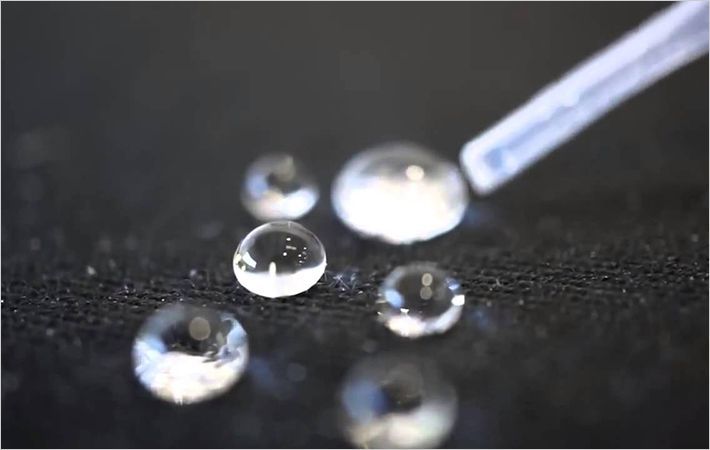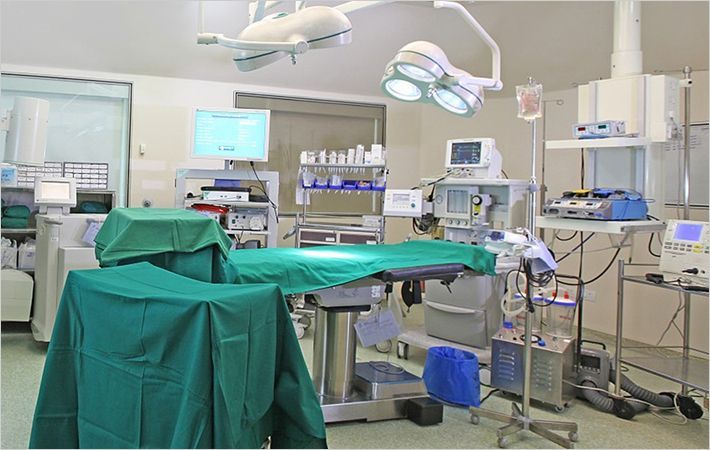European Union exporters achieved their best performance for technical textiles and womenswear in 2015, Euratex, the European Apparel and Textile Confederation has said.
Exports of man-made fibres outside of the EU have regained their rate of growth these past years and rose 4.5 per cent in value during 2015, Euratex said in a press release.European Union exporters achieved their best performance for technical textiles and womenswear in 2015, Euratex, the European Apparel and Textile Confederation has said.
Exports of man-made fibres outside of the EU have regained their rate of growth these past years and rose 4.5 per cent in value during 2015, Euratex said in a press release.#
There were some changes in the ranking of the EU's main customers, although the US remained its leading customer. Despite the downward trend in the production volume of thread and yarn, in 2015, the volume of exports outside the EU was unchanged. The value increment noticed (4.8 per cent) stemmed above all from the price of the raw material imports which became more expensive with a weak euro.
Woven fabrics' exports went down for the first time in several years (-0.4 per cent). Morocco held onto top place as the main buyer of European fabrics with an increase of 2.1 per cent in value, thanks to its purchasing of discontinuous synthetic fibre fabrics (13.6 per cent). But 2015 was a somewhat difficult year for the knitted fabric representing 5.7 per cent of the EU's textile exports. These exports remained almost stable in value terms. Morocco and Tunisia were still the main buyers of these articles even if trends were different.
Exports of carpets recovered in value (2.6 per cent), with slightly higher unit prices (2.1 per cent). This sector accounted for a little over 4 per cent of textile exports. Customer wise, the US and Switzerland were the main buyers. In 2015, exports outside the EU of home textiles recorded growth (4.7 per cent on average). Of all the products in this category, the main one-bed linen (with a share of 38 per cent) - saw its exports climb by 9.2 per cent. Switzerland and the US were still the two major buyers of home textiles.
Technical Textiles continued to represent a very large share of textile product exports outside the EU. This change was reflected in a 5.3 per cent increase. The US was the main customer in this category by a broad margin - buying 19 per cent of goods, an increment of 13.4 per cent, the release said.
The EU's menswear exports still accounted for 23 per cent of total exports in the clothing sector thanks to 3.8 per cent growth in value terms. Mirroring the situation of menswear, womenswear exports outside the EU increased 6.3 per cent. This sector accounted for more than 40 per cent of all clothing exports outside the EU.
The 2015 evolution of imports indicates a growth in all products of the value chain, with the largest increase in technical textiles and womenswear.

